 Technology
Technology  Technology
Technology  Humans
Humans 10 Everyday Human Behaviors That Are Actually Survival Instincts
 Animals
Animals 10 Animals That Humiliated and Harmed Historical Leaders
 History
History 10 Most Influential Protests in Modern History
 Creepy
Creepy 10 More Representations of Death from Myth, Legend, and Folktale
 Technology
Technology 10 Scientific Breakthroughs of 2025 That’ll Change Everything
 Our World
Our World 10 Ways Icelandic Culture Makes Other Countries Look Boring
 Misconceptions
Misconceptions 10 Common Misconceptions About the Victorian Era
 Mysteries
Mysteries 10 Strange Unexplained Mysteries of 2025
 Miscellaneous
Miscellaneous 10 of History’s Most Bell-Ringing Finishing Moves
 Technology
Technology Top 10 Everyday Tech Buzzwords That Hide a Darker Past
 Humans
Humans 10 Everyday Human Behaviors That Are Actually Survival Instincts
 Animals
Animals 10 Animals That Humiliated and Harmed Historical Leaders
Who's Behind Listverse?

Jamie Frater
Head Editor
Jamie founded Listverse due to an insatiable desire to share fascinating, obscure, and bizarre facts. He has been a guest speaker on numerous national radio and television stations and is a five time published author.
More About Us History
History 10 Most Influential Protests in Modern History
 Creepy
Creepy 10 More Representations of Death from Myth, Legend, and Folktale
 Technology
Technology 10 Scientific Breakthroughs of 2025 That’ll Change Everything
 Our World
Our World 10 Ways Icelandic Culture Makes Other Countries Look Boring
 Misconceptions
Misconceptions 10 Common Misconceptions About the Victorian Era
 Mysteries
Mysteries 10 Strange Unexplained Mysteries of 2025
 Miscellaneous
Miscellaneous 10 of History’s Most Bell-Ringing Finishing Moves
Top 10 Horrific Hot-Air Balloon Accidents
The amazing feat of flight has fascinated the human race for hundreds of years. Before airplanes, we had hot-air balloons and other balloon variations. While ballooning used to serve as transportation, it has evolved to become a recreational activity. Even today, many vacationers are eager to fly in these vintage contraptions for the whimsical experience.
As one can imagine, there have been a number of fatal ballooning accidents, many of which have received little to no media coverage. These horrifying deaths fuel the fear of flight for many of us, but others respond with increasing curiosity for aerial views of popular vacation destinations. Here are ten of these horrific balloon accidents.
10 1785 Calais Crash
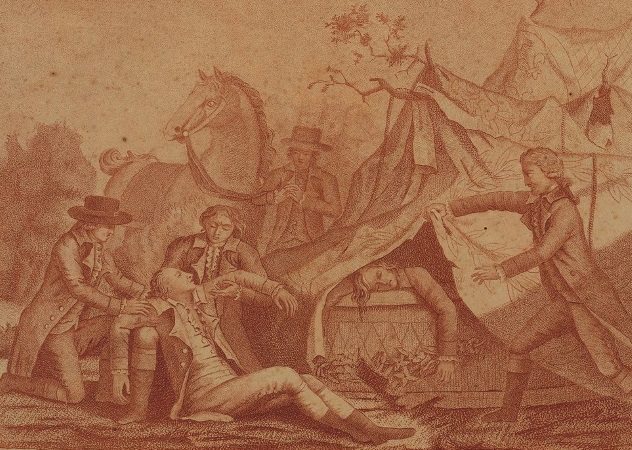
In 1783, Jean-Francois Pilatre de Rozier became the first person to ever ascend in a hot-air balloon. Consequently, he was also the first to die in a balloon. He was the French king’s historian and was strongly urged to restrain from his initial experimental flight because of his importance, but he continued, insisting it would be an honor. While that ascension went off without any problems, it was de Rozier’s attempted feat in 1785 that led to his doom.
On June 15, de Rozier and a passenger were eager to cross the English Channel from France to Britain. Such a momentous endeavor would mark his name in history for generations to come. However, several problems arose. The weather was not favorable; the winds were going south. He and his partner waited for the winds to change, but do Rozier was growing impatient. He decided to travel in a hydrogen balloon instead to lift him higher to a place in the air, where he felt the wind would be more favorable.
There is little information as to what exactly caused de Rozier’s death, but it is assumed that the heat source in the balloon ignited the hydrogen. Along with his passenger, de Rozier fell from the balloon and died. They never made it across the Channel, actually dying near the city where they started.[1] This was the first known aviation fatality in history.
9 1819 Paris Crash
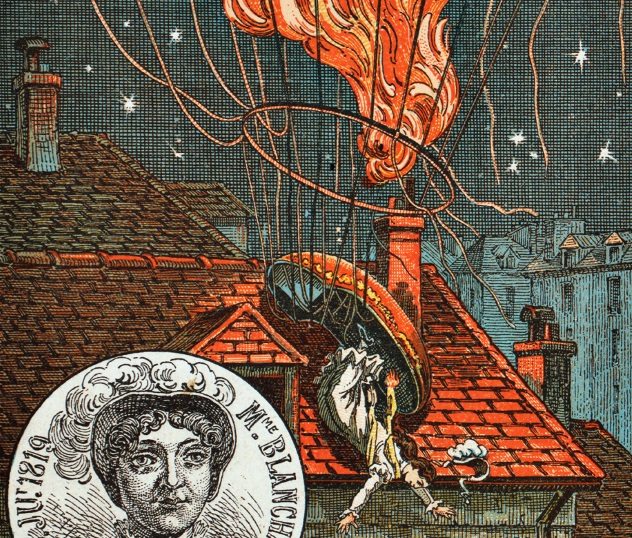
Sophie Blanchard was a famous balloonist in the 19th century. She was the first female professional balloonist—and also the first woman to die in an aviation accident. Thousands would gather to watch her fly, and she was admired by many all over the world, including Napoleon Bonaparte. Bonaparte chose her as the “aeronaut of the official festivals” and selected her as the chief air minister of ballooning. Aside from family problems and the death of her husband, Blanchard had many opportunities and lived a good life, until 1819, when she flew her last flight.
On July 6, Blanchard prepared for her ascension. Fireworks were lit, music played, and as Blanchard was about to ascend, she ironically said, “Let’s go, this will be for the last time.” After setting off fireworks from her basket in the sky, a flame sparked on the balloon. The flame grew into a fire and caused the balloon to begin its slow descent. It seemed as though she was going to land safely, but then the basket tipped the roof of a house, causing Blanchard to fall out and into the street, where she was found dead.[2]
8 1853 Nimes Crash
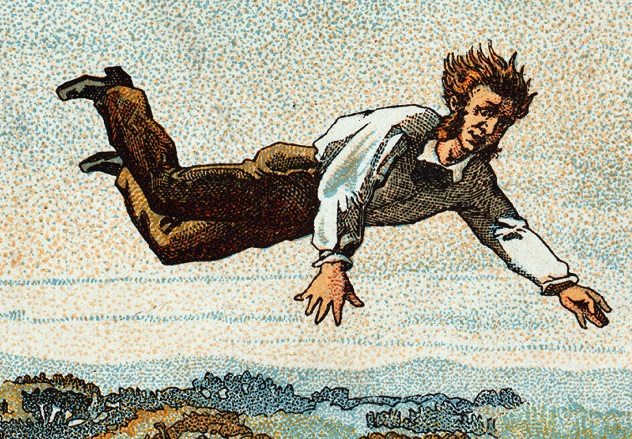
In 1853, M. Louis Deschamps was flying his 120th ascension from the amphitheater in Nimes, France, when he met his fate as an aeronaut. With so many flights under his belt, it was reasonably assumed that he had much experience with ballooning. However, all of his knowledge couldn’t prepare him for what he was about to experience.
The weather on that December day was extremely unfavorable. The winds were blowing violently, foreshadowing the events to follow. Originally, Deschamps was supposed to have been accompanied by a passenger, who would descend in a parachute, but the mayor would not allow that part of the performance, claiming that it would end in disaster. Deschamps embarked on the flight alone.
Shortly after ascension, the balloon began descending at a horrific speed. It appeared to have been mangled in-flight, which was said to likely have been caused by a broken valve. Deschamps was found dead 5 kilometers (3 mi) from the amphitheater, and his balloon was discovered much farther away.[4]
7 1908 Franco-British Exhibition Crash
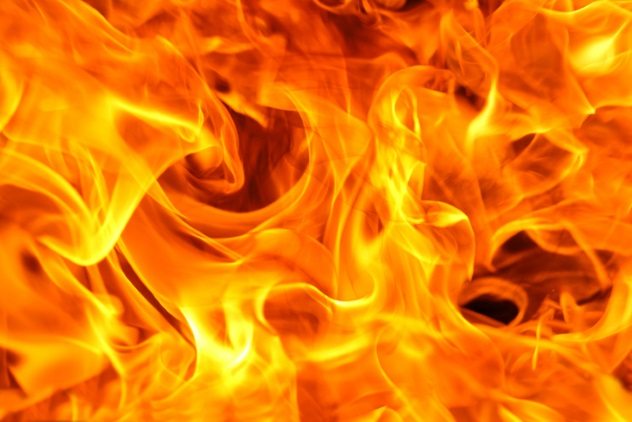
At the 1908 Franco-British Exhibition, a devastating hot-air balloon crash caused a fatality. Captain Lovelace was the owner of the balloon and was set to fly for the exhibition, which was similar to a fair. However, when the balloon was being inflated, it ignited into flames. Lovelace’s secretary was burned to death. Several others were also injured, including Lovelace himself.
Although there was some debate as to the origins of the fire, it is possible that it was caused by electrical problems. There was no evidence suggesting negligence or that anyone was smoking, in which case the fire would have been caused by the cigarette. Most evidence suggests that the fire arose from electrical origins, which was highly plausible.[4]
6 1970 Free Life Crash
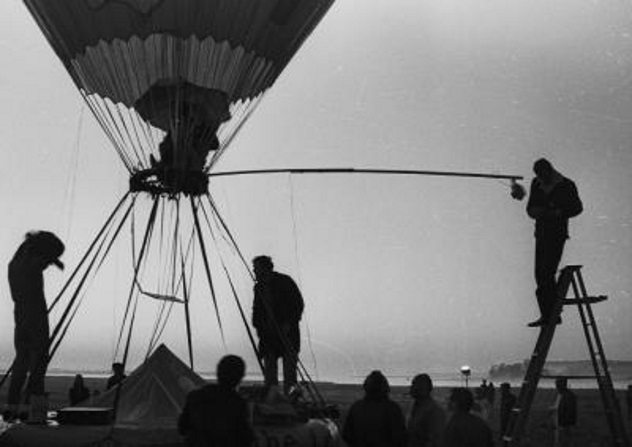
On September 20, 1970, English pilot Malcolm Brighton and crew would attempt to be the first people to cross the Atlantic Ocean in a hot-air balloon, which was named Free Life. The date had been delayed several times due to unfavorable weather conditions, but the weather in the Hamptons was perfect on this Sunday afternoon. The balloon ascended without any complications. The entire US was watching and encouraging the exuberant team of three.
However, 30 hours after takeoff, a storm caused the balloon to crash somewhere off the coast of Newfoundland. Brighton had radioed an SOS shortly before attempting to land on the violent sea. Afterward, nothing was ever heard from the three crew members again.[5]
5 1981 Barrington Hills Crash

This horrifying hot-air balloon crash occurred in August 1981 in Barrington Hills, Illinois. The flight was to celebrate one of the passengers’ (William Keating’s) birthday but had been delayed several times due to weather. The friends were growing impatient for their balloon trip and finally decided to go in August. Because of an oncoming storm, the pilot, James Bicket, attempted to land the balloon early. However, it crashed into a utility pole and ignited into flames.
Three people were found dead at the scene: James Bicket, Brian Baker, and William Keating. Passenger Harry Evans jumped out of the basket as the balloon hit the utility pole, falling nearly 30 meters (100 ft), but he managed to survive. Another passenger followed him but was pronounced dead at the scene. A third passenger also jumped and fell into the roof of a house. Passenger Kenneth Coleman was pronounced dead shortly after arrival at the local hospital. Another passenger, Terry Ritter, was also pronounced dead, with third- and fourth-degree burns covering over 90 percent of his body.
After the balloon crashed to the ground, at least one of the five propane tanks aboard exploded, preventing nearby witnesses from helping the three passengers still left in the basket. Police stated that those three were “burned beyond recognition.”[6]
4 1982 Albuquerque Crash
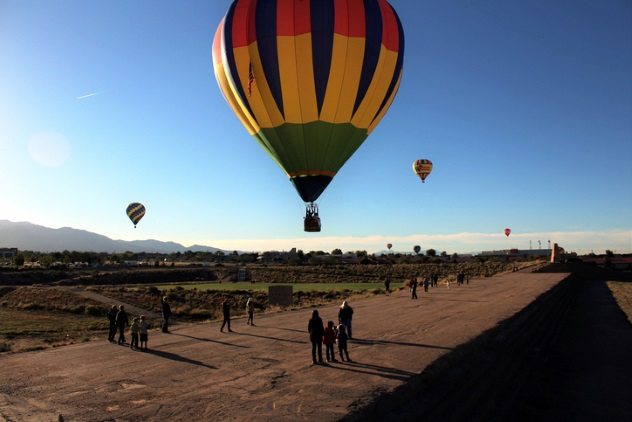
On Sunday, October 3, 1982, a fatal balloon crash occurred in Albuquerque, New Mexico. There were four unfortunate fatalities, three people with critical injuries, one person with minor injuries, and another who left unharmed.
The balloon landed as normal, but liquid propane began leaking. The propane vaporized and caused the gondola of the balloon to be engulfed in massive flames. Four of the passengers exited the gondola before it began to ascend. One person exited as the balloon was about 8 meters (25 ft) in the air. The other four passengers either jumped or fell from the balloon between 30 and 180 meters (100–600 ft) in the air. The balloon rose another 120 meters (400 ft) before two of the six propane tanks exploded.
The combustion of the balloon was linked to improper hosing materials that were attached to the propane cylinders.[7]
3 1989 Alice Springs Crash

In the summer of 1989, one of the deadliest hot-air balloon crashes occurred near Alice Springs, Australia. There were several balloons in the area that day, all carrying sightseeing tourists. The air traffic usually doesn’t cause problems for the balloons, but it was detrimental on this day.
Two balloons crashed into each other 1,000 meters (3,300 ft) in the air, causing one to fall. In total, there were 13 people aboard the balloon: one pilot and 12 tourists. All were killed. Reports stated that three of the passengers jumped out of the balloon in an attempt to save themselves. The other ten huddled together in the basket. Because there were other balloons in the sky, the witnesses had to watch as the passengers fell helplessly to their deaths.[8] The Alice Springs crash is the third deadliest hot-air balloon crash in history.
2 2013 Luxor Crash
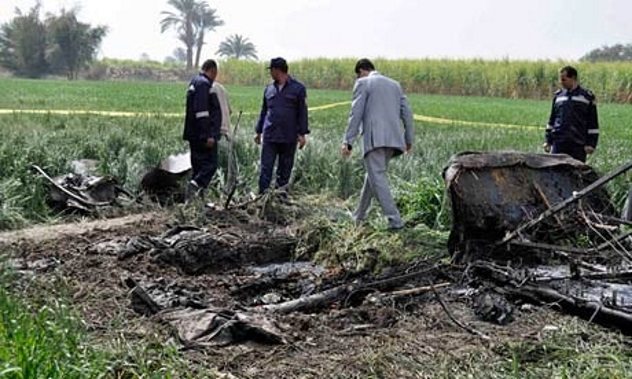
In 2013, a hot-air balloon exploded near Luxor, Egypt. There was a total of 21 people aboard, nearly all tourists who were eager to see the beautiful Luxor countryside from the vantage point of a balloon. However, their trip was horrifyingly ended in the deadliest ballooning accident in history.
According to an Egyptian news station, the explosion was caused by gas within the balloon while workers were attempting to land it. Two passengers managed to jump from the basket as it was beginning to ascend again: the Egyptian pilot and a British passenger. Luckily, they survived after intensive hospital stays. The other 19 unfortunately died aboard the balloon in a flame-filled basket. One of the victims was the pilot’s beloved wife.[9]
1 2016 Lockhart Crash
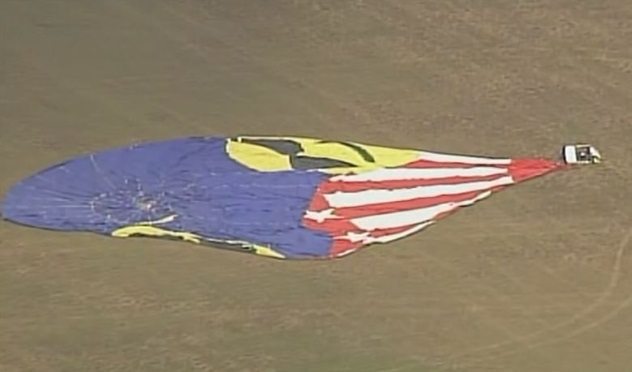
The second deadliest balloon crash in history occurred in July 2016 near Lockhart, Texas. The town is about 30 minutes away from Austin. All 16 passengers unfortunately perished. The pilot had owned a hot-air balloon ride company in Texas, and it was on one of these tourist rides that the balloon met its end.
The balloon had accidentally steered into a utility pole, much like the Barrington Hills crash in 1981. It ultimately crashed, killing everyone aboard. Because of the number of deaths, the disaster was listed as a major accident, and the FBI was called to investigate along with other investigative teams. The extremely high mortality rate made this the deadliest balloon crash in the United States.[10]
I am a new college student who enjoys writing about what interests me.
Read more accounts of aviation tragedy on 10 Fatal Firsts In Aviation History and 10 Tragic Facts From The Dawn Of Aviation.








